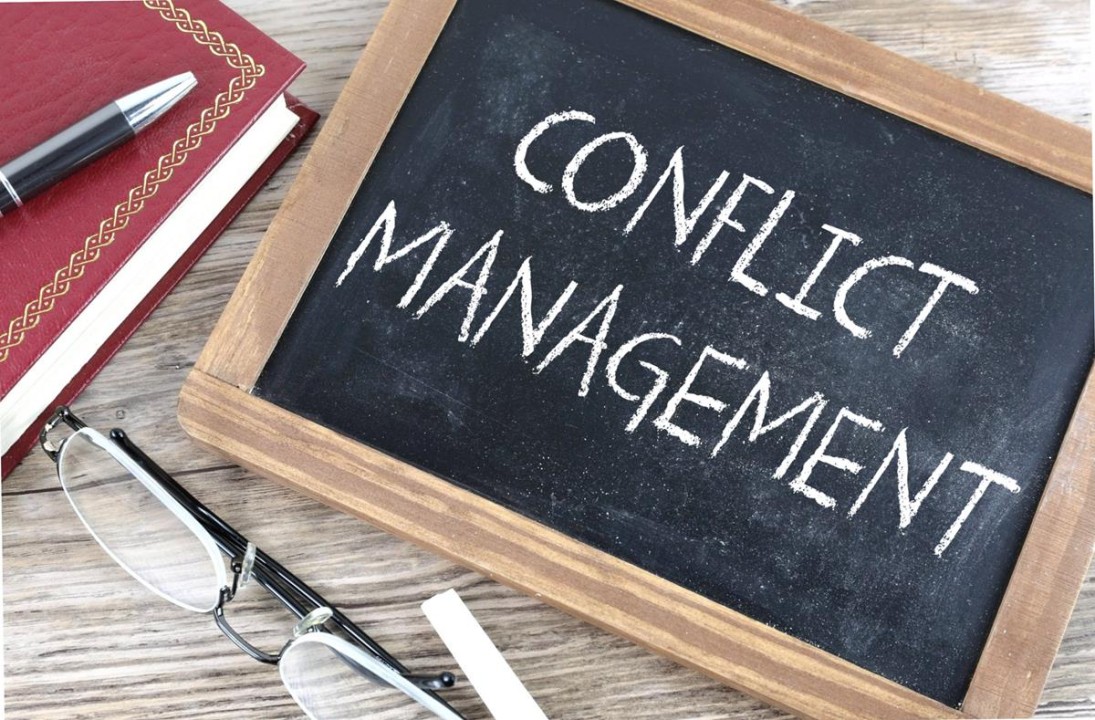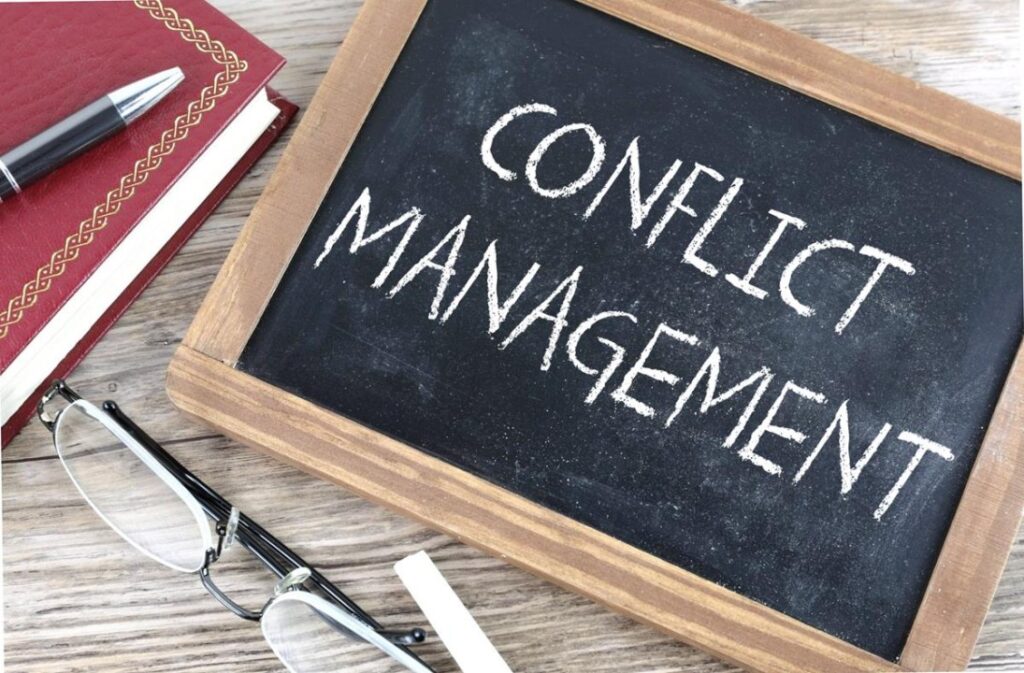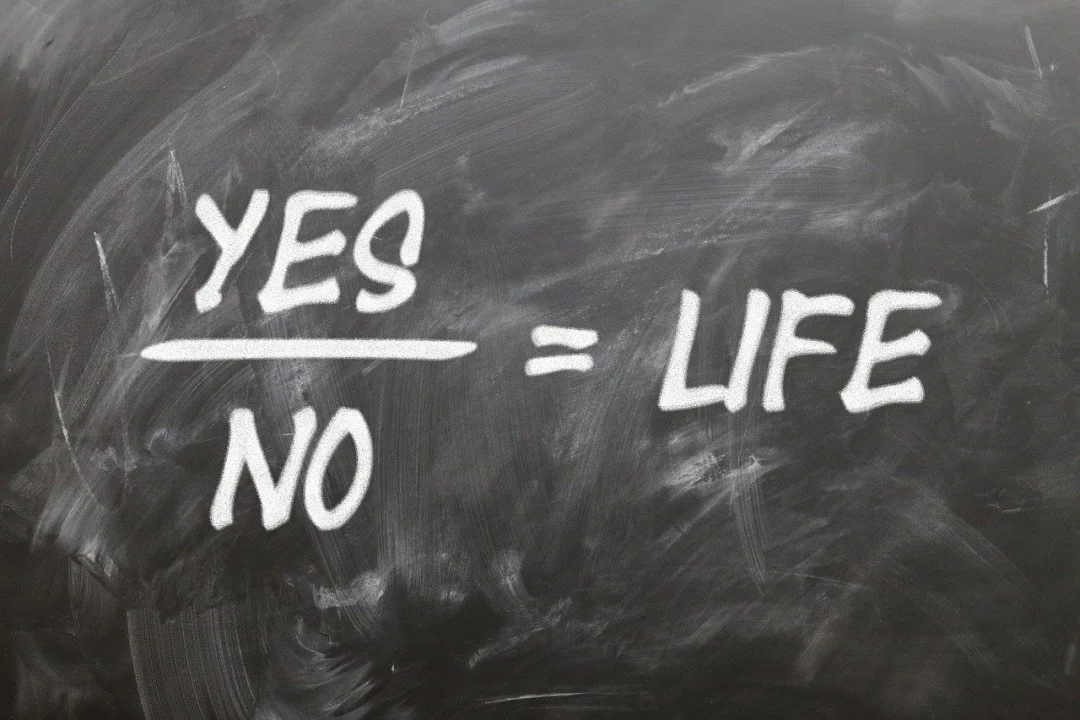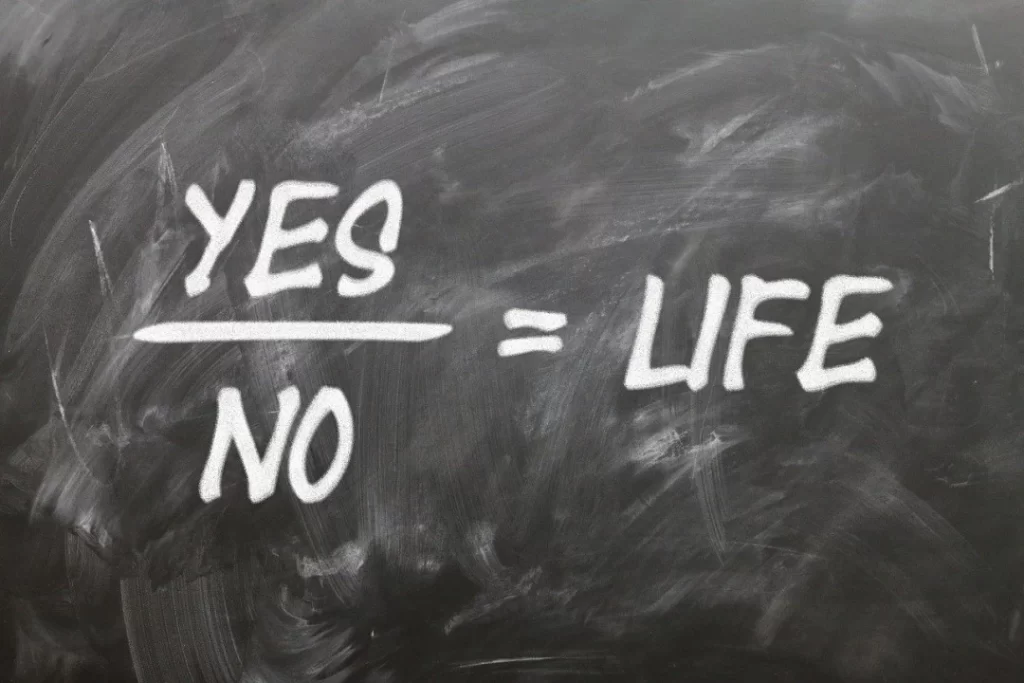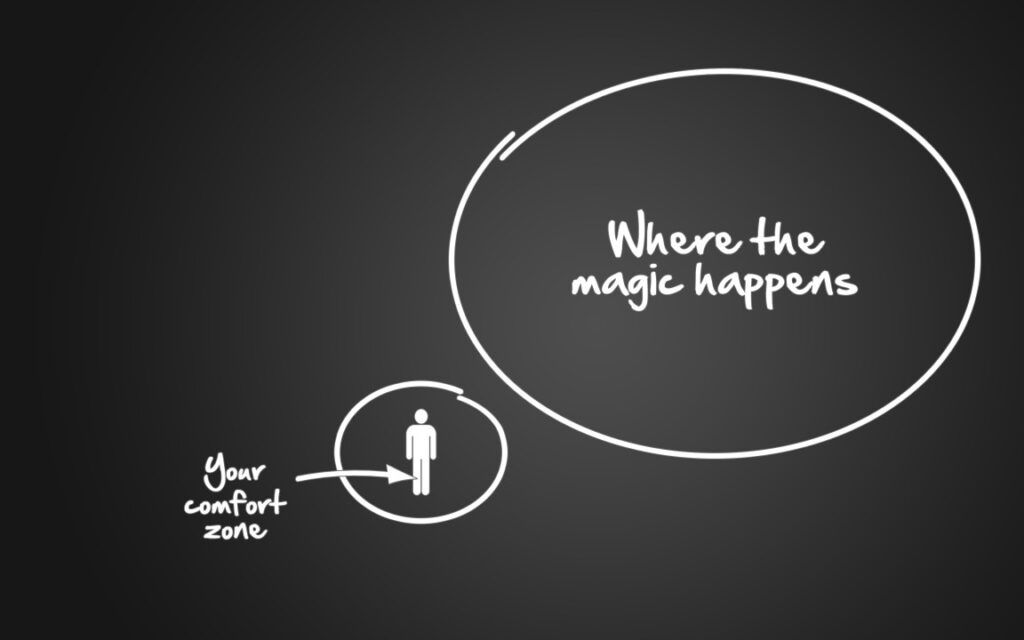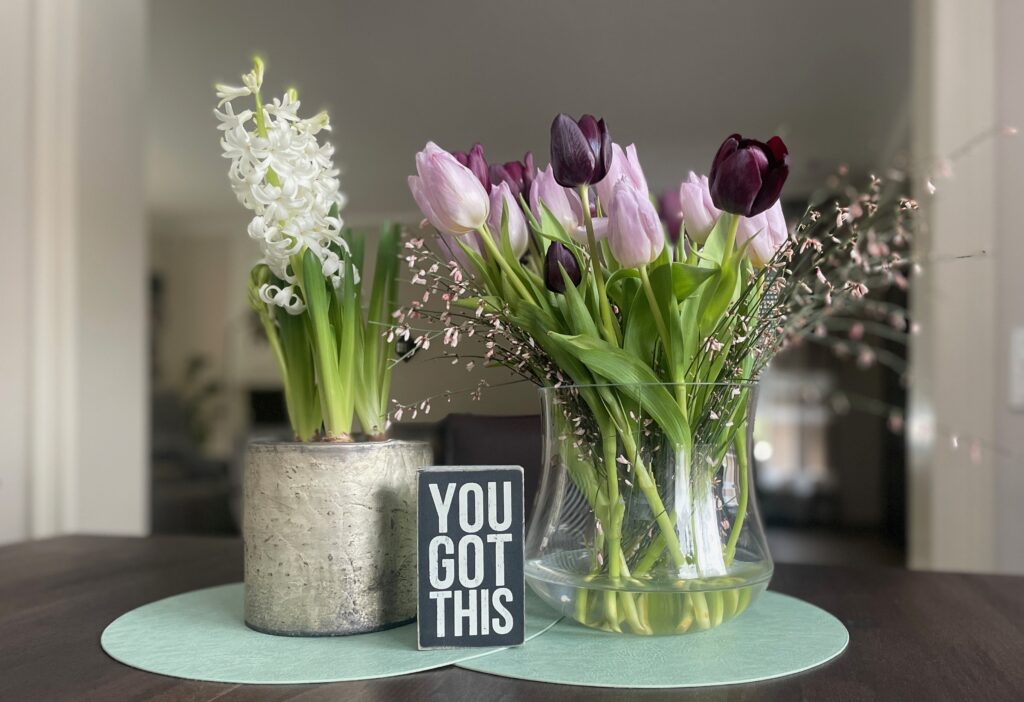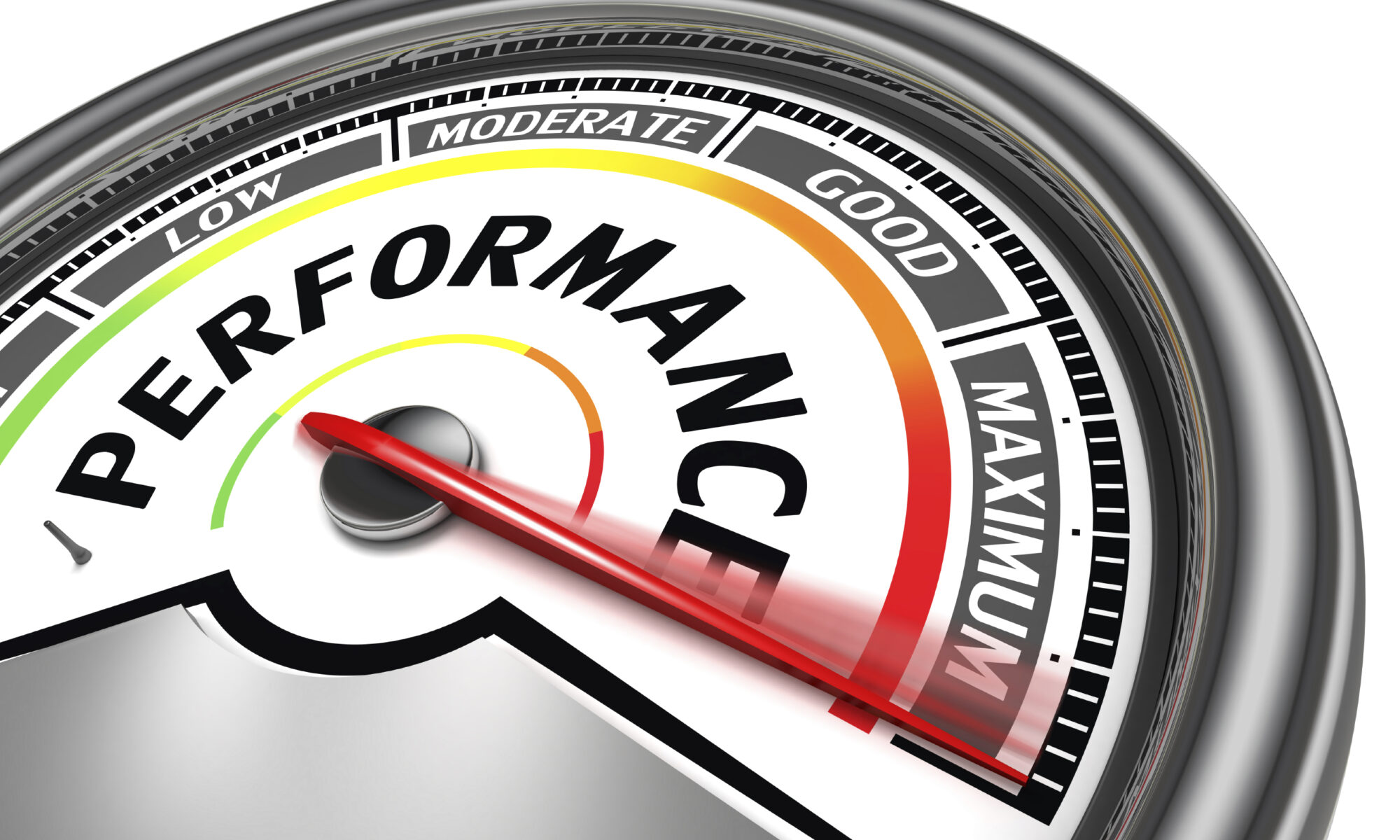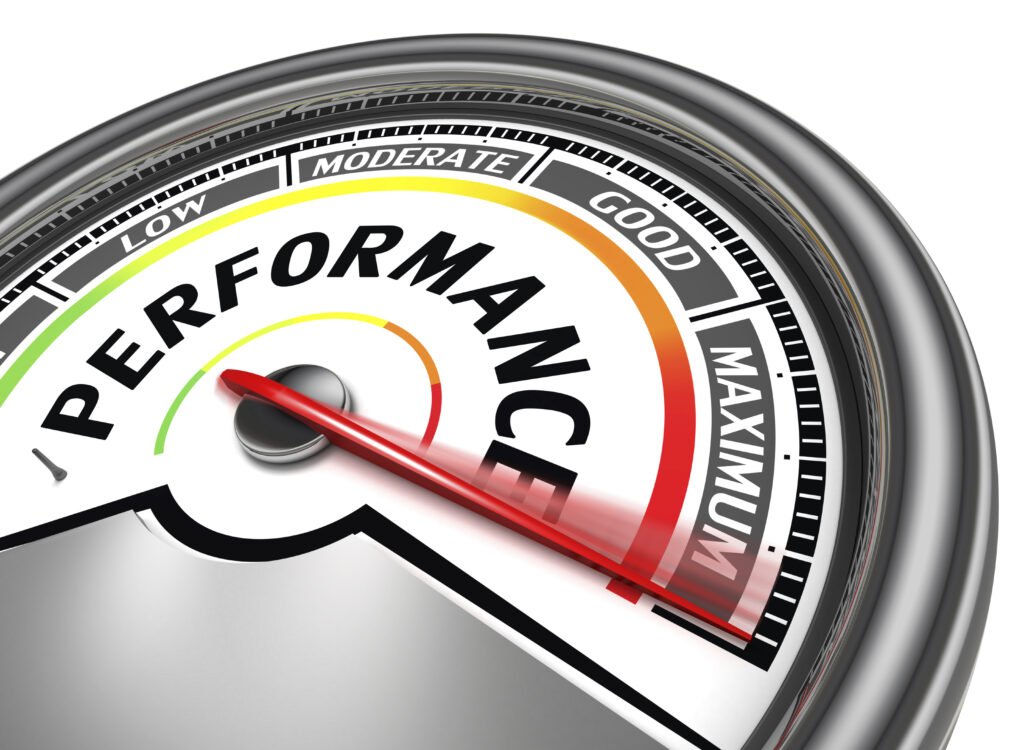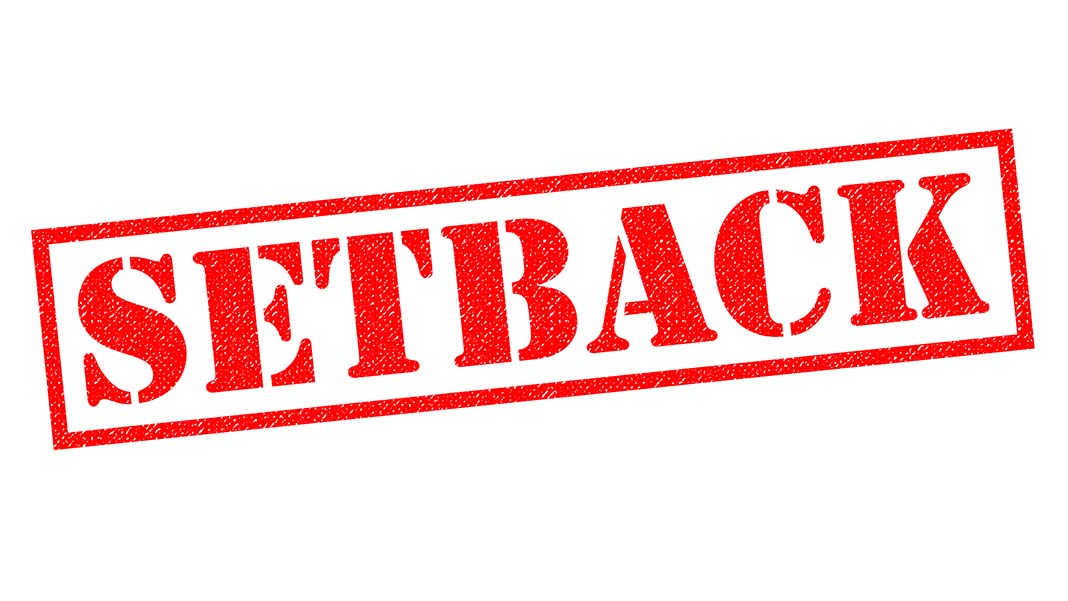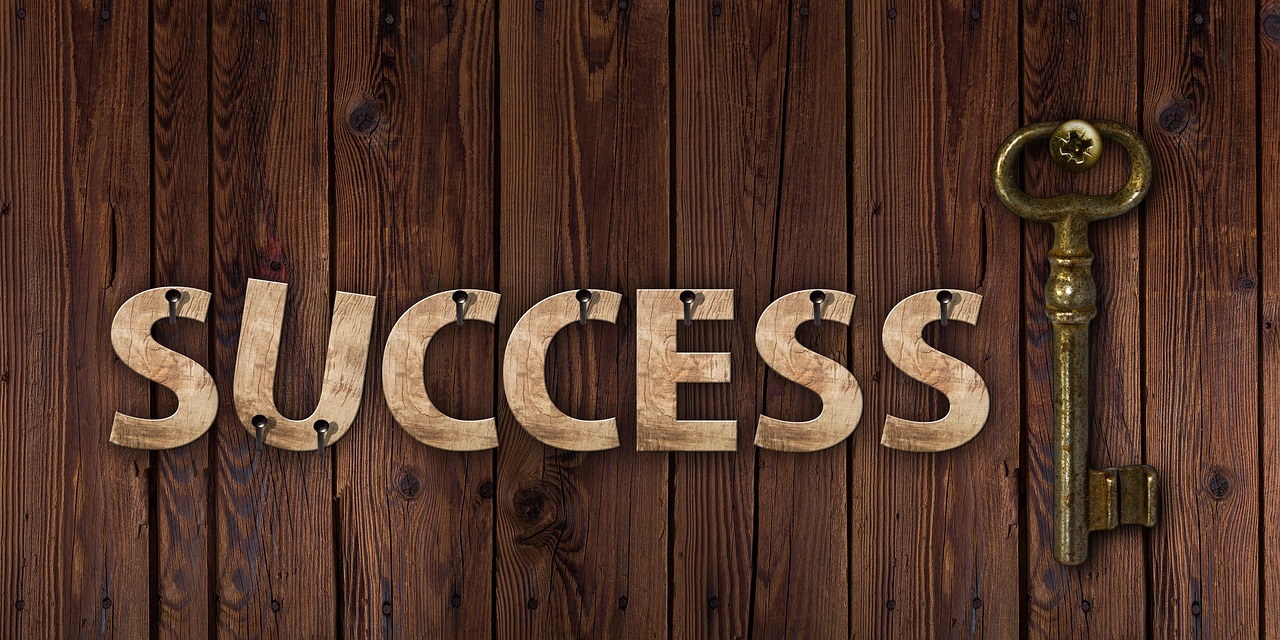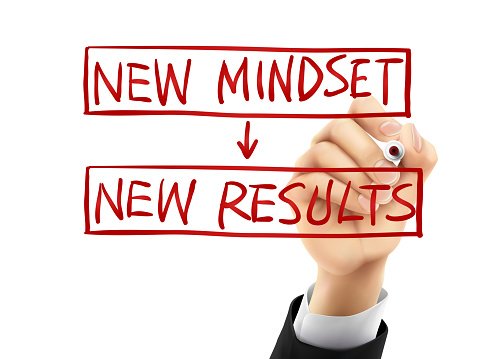How to get your groove back when you feel stuck
- admin
- March 15 , 2024

“I feel so unmotivated,” “I am stuck,” and “Why am I procrastinating?” are real-life comments I have heard a lot lately, both from clients and close friends. When I observe a common thread, I get curious about the reasons why there suddenly seems to be a pattern that deserves attention, especially if it can help others overcome the same challenge.
In our jobs and in life, there are many events that can cause us to be overwhelmed: sickness, an excessive workload, conflict with a superior, financial trouble, and so on. It is perfectly normal to hit a wall at times and lose all motivation to continue the path we have envisioned for ourselves, which is supposed to lead us to happiness and bliss. However, if we linger in this feeling of despair for too long, we may risk falling into a state of depression that requires intervention by a mental health professional. Let’s not get to that dark point and look at ways to get your groove back.
Getting out of any unpleasant situation is as easy as counting 1, 2, 3 because all it takes is directing your thoughts through this three-step process:
- Bring awareness to the situation
- Find acceptance of the situation
- Choose your path forward
- Bringing awareness to the situation
When was the last time you allowed yourself to quietly reflect upon your current situation without judgment? My guess is that it has been a while, as it is human nature to judge constantly. The more judgment, the less awareness, which is the problem of getting stuck in the first place. Removing judgment from our thoughts allows us to take a bird’s eye perspective and view the situation as it is, which leads to the second step in the process.
- Finding acceptance of the situation
Once you view the situation without labeling it as “good” or “bad,” “unfair,” “hopeless,” or whatever your current state of mind suggests, you are creating a space for acceptance. The situation is what it is, or the situation just is. Finding acceptance in a situation, regardless of how hard it may seem, even when dealing with a major loss, allows us to move on and gain back our power by choosing the path forward.
- Choosing your path forward
Frequently, people who report feeling stuck and unmotivated are incapable of seeing all the choices they have in any given situation and, by default, choose to remain a victim. Let me share with you some other, more productive choices.
- a) Reframe your mindset
If the story you have been repeating in your head is self-sabotaging, stop it! Find a thought that is kinder. You could ask yourself the question, if your best friend was in the same situation, what advice would you give them? This should lead you to a healthier mental state.
- b) Leave
You always have the choice of leaving the situation, especially if it is toxic and no longer serves you. It may be hard to take this drastic step, but it is better in the long run.
- c) Make changes to your current situation
Maybe not all is lost. Perhaps you just need to take a breather, reset, and make some tweaks to your situation. Overworked? Take some time off. Sick? Heal. In a bad relationship? Communicate your needs and set boundaries.
And there you have it—a clear path to getting your groove back when you feel stuck that is as easy as counting 1, 2, 3.
Coaches are specialists in helping clients get unstuck. My signature program, SOAR (the acronym stands for the four phases: SEEK, OUTLINE, AWAKE, RELEARN), helps professionals like you transform mindfully and with ease so that you can SOAR in all areas of your life. Reach out for more information at angela@belladonnacareercoach.com to chat.


